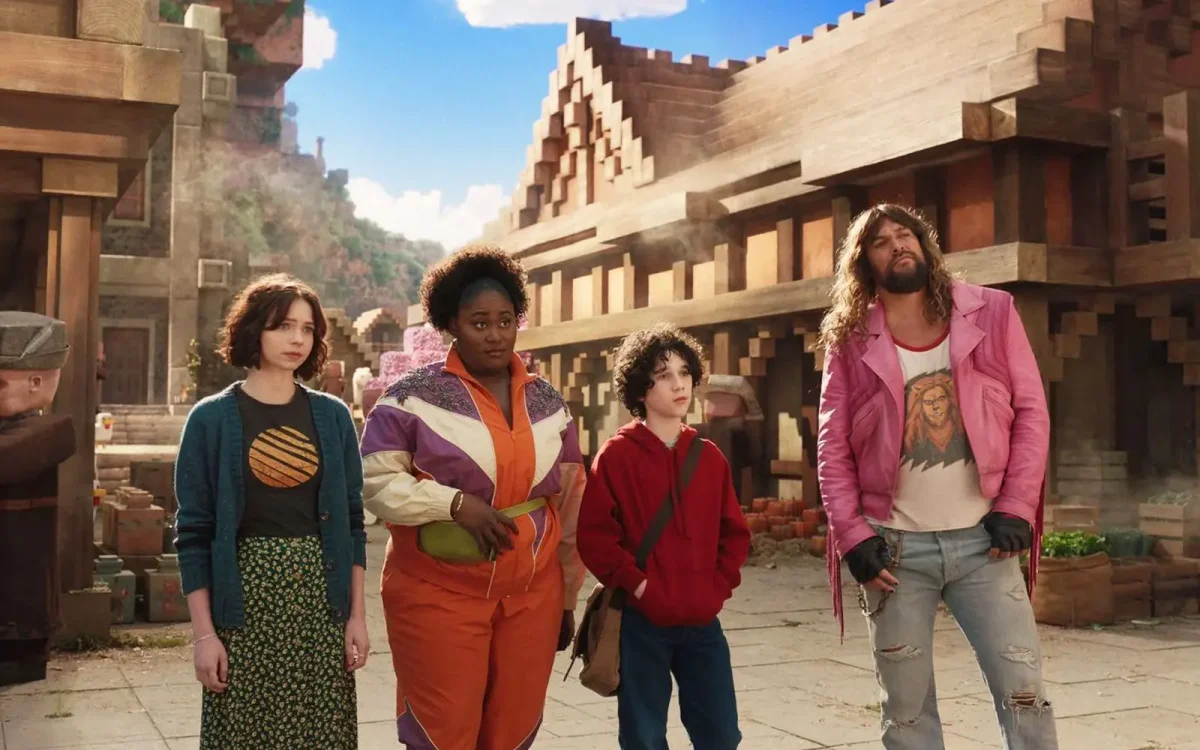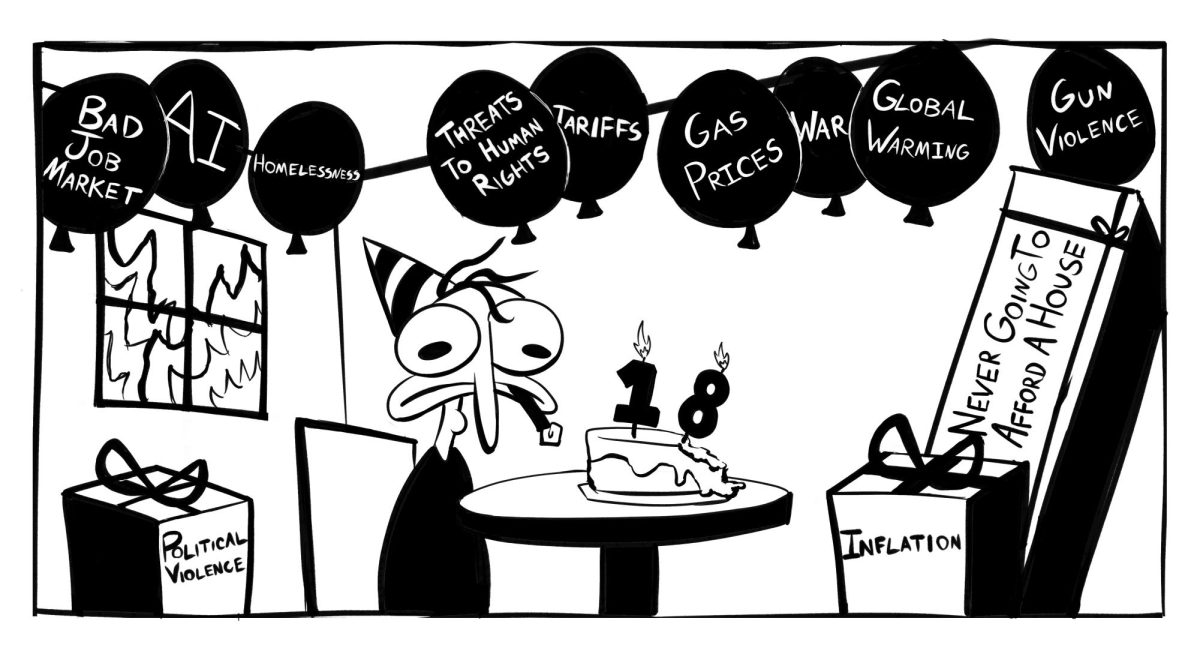The cultural phenomenon that was “Barbenheimer ” took the world by storm far before its release as Greta Gerwig and Christopher Nolan announced their newest projects, Barbie and Oppenheimer. Released on July 21, the combination of the titles highlight two stories that couldn’t be any more different from one another, yet are now forever intertwined.
Exploring themes of female empowerment, gender-based expectations, and the coming of age of women, Greta Gerwig proves her director’s vision through her critically-acclaimed films Little Women, Lady Bird, and now Barbie.
Played by Margot Robbie, “stereotypical Barbie”wakes up one morning to flat feet, spoiled milk, and cellulite on her legs. Extremely frustrated with this new reality, Barbie decides she must travel to the “real world” to bring order to Barbieland once again. However, only after a short amount of time spent in the real world does Barbie find that it is nothing like what she’d envisioned for women. It isn’t a place in which women feel confident and successful, yet a world in which men hold most of the power and do with it what benefits them.
Gloria, played by America Ferrera, is all too quick in expressing her frustrations with the hypocrisy in the societal expectations for women: “You’re supposed to stay pretty for men but not so pretty that you tempt them too much… You have to never get old, never be rude, never show off, never be selfish, never fall down, never fail, never show fear, never get out of line.” In making these points, Gerwig alludes to a larger audience: the women that resonate with the daunting and overwhelming pressures of society as they are constantly scrutinized for every move they make and every step they take.
On the other hand, experimenting with sci-fi, superheros, and war, Christopher Nolan’s work in cinema reveals itself in themes darker than you’d see with Gerwig. Oppenheimer, set during the period of World War II, tells the story of the first atomic bomb. Physicist J. Robert Oppenheimer, played by Cillian Murphy, is recruited to the Los Alamos Laboratory to develop the bomb, but the story better illustrates the emotional and physical toll taken on him while leading the project.
The movie tests the waters between finding success and defying personal morals, perhaps to display the sliver of accountability that Oppenheimer felt for the attack on Hiroshima, or simply for cinematic suspense.
Many claim Oppenheimer’s sales rose solely for the fact that there was so much publicity around Barbie. After all, Barbie had become Warner Bros. highest grossing film. However, a Barbenheimer level of impact wasn’t the first of its kind. Phyllida Lloyd’s Mamma Mia and Christopher Nolan’s The Dark Knight displayed a similar contrast. Having shared the same release date of July 18, 2008, people fell in love with the idea of watching two completely different movies back to back in theaters. Days were planned around watching Barbenheimer. People would dress in pink for Barbie, change to black for Oppenheimer, and still debate staying for a third movie. Barbenheimer’s impact created success for Gerwig and Nolan and a forever remembered impact on culture.















